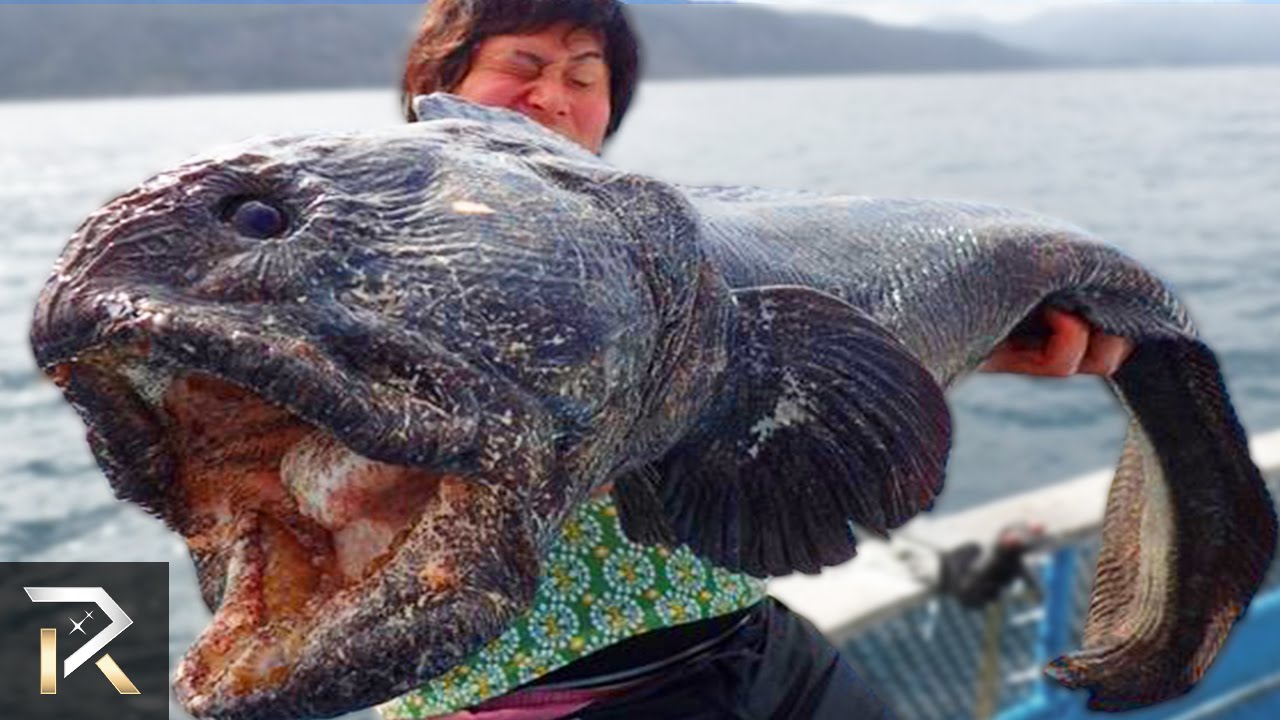This article features a list of 10 unusual creatures that exist on our planet, ranging from the aye-aye lemur to the glaucus atlanticus sea slug. Each creature is described, along with their unique physical attributes and ecological role. The article emphasizes the importance of protecting these creatures and respecting their place in the natural world. With an array of fascinating facts and a reminder of the diverse life that surrounds us, this article engages readers in the wonder and mystery of the world’s strange creatures.
10 Strange Creatures That Actually Exist
Our planet is home to an incredible variety of animal species, some of which are so unusual that they seem almost otherworldly. From bizarre-looking insects to deep-sea monsters, here are 10 strange creatures that actually exist.
1. Aye-Aye
The aye-aye is a unique lemur from Madagascar that looks like a cross between a bat and a rat. It has large ears and eyes, a long, thin middle finger for locating insects, and a bushy tail. Despite being an important cultural symbol in Madagascar, the aye-aye is considered a pest by farmers and is threatened by habitat loss and hunting.
2. Axolotl
The axolotl is a weird and wonderful amphibian that can regenerate limbs, organs, and even parts of its spinal cord. Found only in the waters of Mexico City, it has a distinctive appearance with a broad head, feathery gills, and stubby legs. Unfortunately, the axolotl is critically endangered due to pollution and habitat destruction.
3. Narwhal
The narwhal is a toothed whale with a long, spiraled tusk that can grow up to 3 meters in length. Found in the Arctic waters of Canada, Greenland, and Russia, the narwhal is sometimes called the “unicorn of the sea” because of its unusual appearance.
4. Blobfish
The blobfish is a deep-sea creature that looks like a spongy, gelatinous blob with big, dim eyes and a downturned mouth. It lives at depths of up to 1200 meters and has virtually no muscle, which makes it appear like a deflated balloon when brought to the surface. Despite its odd appearance, the blobfish is an important food source for other deep-sea animals.
5. Platypus
The platypus is a strange, egg-laying mammal that has a bill like a duck, webbed feet like an otter, and a tail like a beaver. Found only in eastern Australia, the platypus is a master of aquatic hunting, using its bill to detect small prey in muddy water. Although it was once hunted for its fur, the platypus is now a protected species.
6. Star-Nosed Mole
The star-nosed mole is a small, burrowing mammal from North America that has a distinctive nose with 22 tentacle-like appendages. These appendages are packed with sensory receptors that allow the mole to detect its prey, which includes insects, worms, and small amphibians. Despite its impressive hunting abilities, the star-nosed mole is rarely seen because it spends most of its life underground.
7. Pistol Shrimp
The pistol shrimp is a small crustacean that uses its enlarged claw to produce a loud popping sound that stuns its prey. The shock wave generated by the claw can reach temperatures of up to 5000 degrees Celsius and temporarily blinds other animals. The pistol shrimp is an important member of coral reef communities and a popular aquarium species.
8. Anglerfish
The anglerfish is a deep-sea predator with a luring appendage called an illicium that dangles from its head like a fishing rod. When a potential prey is attracted to the illicium, the anglerfish opens its jaws and swallows the prey whole. Although there are over 200 species of anglerfish, they all share a similar appearance of a bulbous head and a dangling lure.
9. Mantis Shrimp
The mantis shrimp is a colorful marine animal with sharp, club-like claws that can deliver a punch so powerful it can break glass. It has remarkable vision with 16 color-receptive cones, compared to just three in humans, and can even see ultraviolet light. The mantis shrimp is a popular aquarium species but can be dangerous to other tank mates.
10. Glaucus Atlanticus
The Glaucus Atlanticus, also called the sea swallow, is a tiny, blue sea slug that floats upside down on the ocean surface. It feeds on jellyfish and other small prey, which it stings with its own venomous tentacles. The sea slug is often called the “blue dragon” because of its menacing appearance and is found in tropical and temperate waters worldwide.
In conclusion, these strange creatures remind us of the incredible diversity of life on our planet. Although they may seem strange or bizarre, they are all important members of their respective ecosystems and deserve protection and respect from humans.
